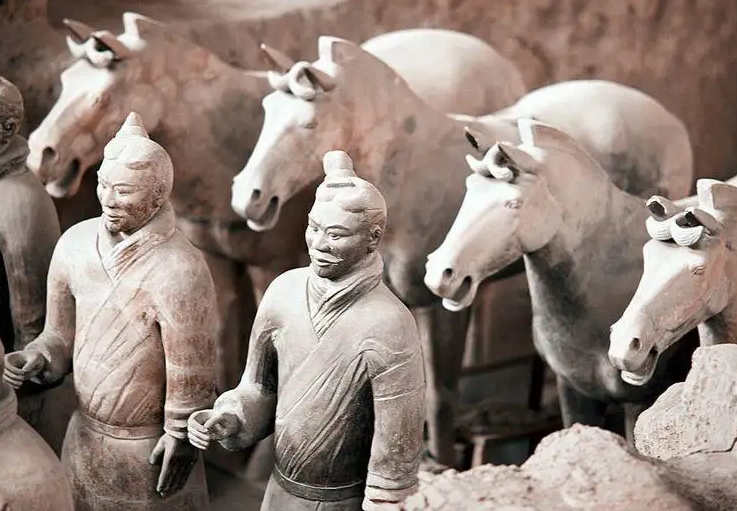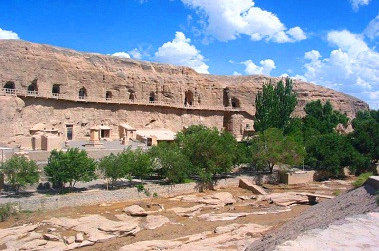
- Home
- Silk Road Tours
-
China Silk Road Tours
-
Great Silk Road Tours
15 Days Great Silk Road from Kashgar to Tashkent
20 Days Silk Road to Uzbekistan Kyrgyzstan & China
23 Days Uzbekistan to Pakistan via Karakoram Highway
10 Days Silk Road Xinjiang and Bishkek Kyrgyzstan Tour
-
Silk Road Group Tours
7 Days Classic Xinjiang Tour to Kashgar, Turpan and Urumqi
7 Days Silk Road Group Tour to Gansu & Qinghai
15 Days Silk Road and Northern Xinjiang Group Tour
19 Days Xinjiang China and Uzbekistan Tour
-
- China Group Tours
- Xinjiang Tours
- China Tours
- Tibet Tours
- City Tours
- Destinations
-
Cities of China
-
Travel Guide
-
Top Destinations
-
- About Us
- Tailor Made






































































